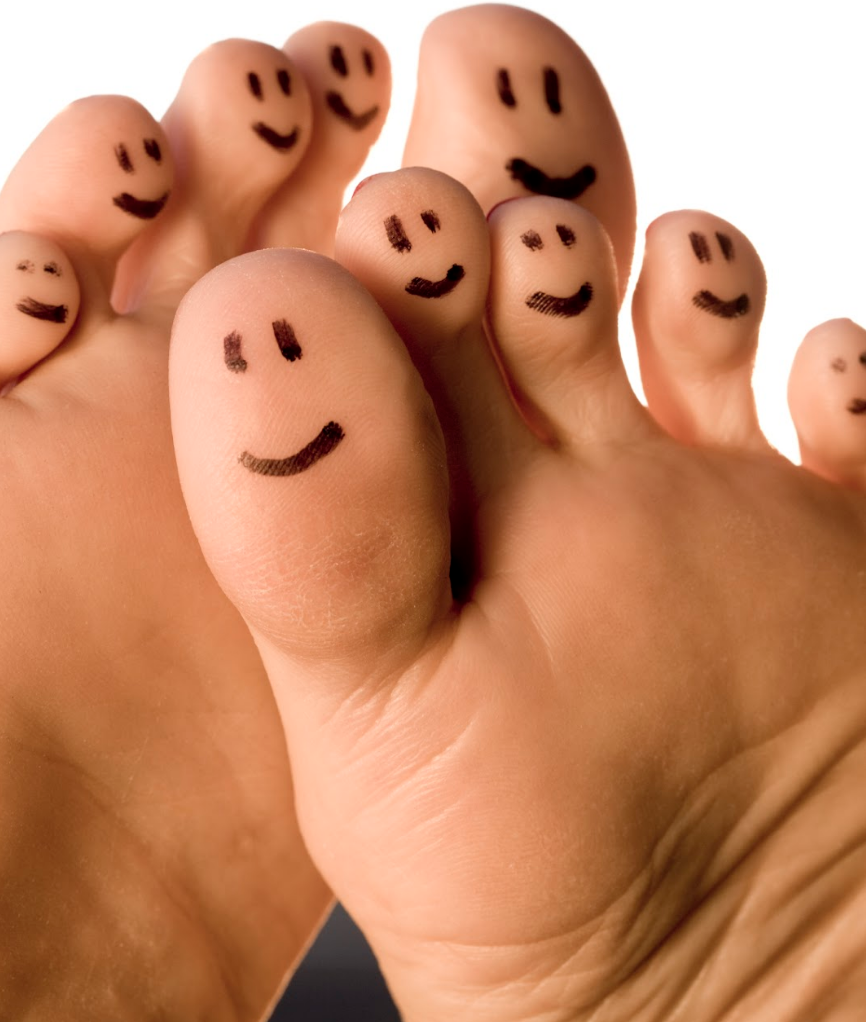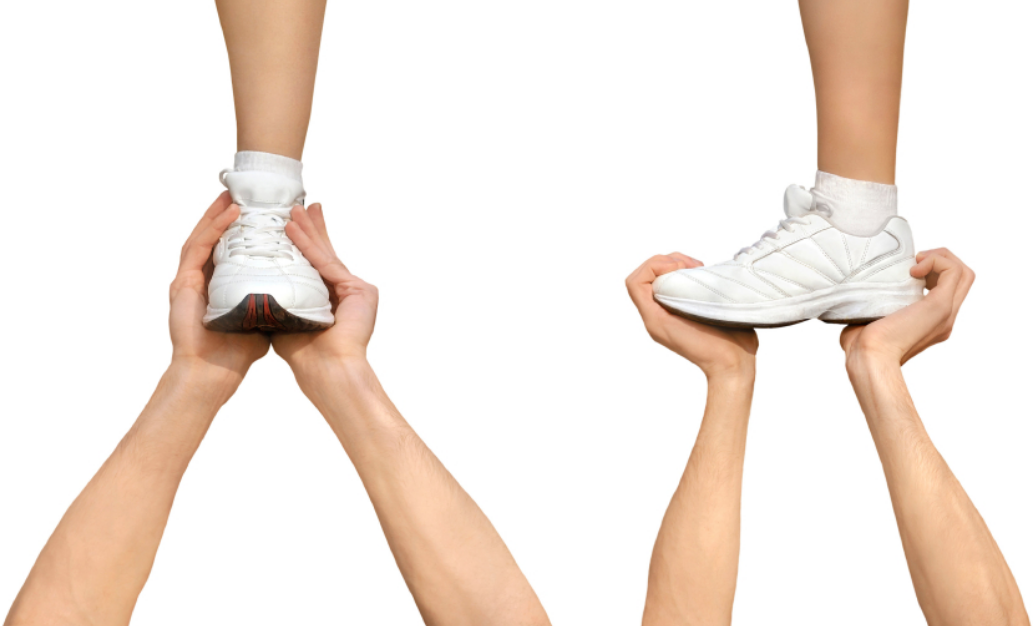What is Hammer Toes & Treatment Options Wimbledon
Hammer toe, a prevalent foot condition we see at foot pain clinic in wimbledon, manifests as an abnormal downward bend of the toe, giving it a hammer-like profile in the side view. Typically developing over time, hammer toes may also be congenital or stem from toe injuries.
This hammer toe condition usually affects the second through fourth toes (the first being the big toe) and is more frequent in females, but we see many males as well.
Hammer toes can interfere with daily activities, especially when wearing shoes, which may cause friction capsule strain on the underside and the formation of painful corns/calluses.
A hammer toe occurs due to persistent bending at the toe's proximal interphalangeal joint (toe joint closest to the heel).
Hammer toes can be flexible, where the toe remains mobile and straightened manually. However, hammer toes can be further developed and become rigid, which is more severe and might necessitate surgical intervention. Interestingly, it's not this deformity that typically drives pain, but the pain is generated more by how it changes the foot's ride on the ground or within the shoe cavity. This fact often means pains can be rapidly improved in clients who want to avoid surgical interventions with bracing and orthotic shoe inserts coupled with physical rehab to change gait slowly.

It's crucial to distinguish between hammer toes and other digital deformities, such as claw toes—which cause the toes to assume a clawed position, leading to callouses from pressing into the shoe soles—and mallet toes, where the toe's end joint buckles, often affecting the second toe.
Hammer toes result from an imbalance in the muscles, tendons, and ligaments designed to keep the toe straight. If untreated, this imbalance can lead to permanent, rigid deformity. Factors contributing to hammer toes include bunions, medical conditions like diabetes and arthritis, tight footwear, toe injuries, a longer second toe, gender, genetics, and age.

Symptoms Of Hammer Toes
Symptoms of hammer toes include a visibly bent toe, pain and corns on the toe top, redness and swelling at the bend, and callouses on the foot's ball.
Treatment for hammer toes, primarily non-surgical, includes:
- Footwear adjustments to alleviate toe pressure
- Protective toe sleeves or padding
- Taping strategies to mitigate discomfort
- Removal of corns and callouses
- Orthotic solutions to cushion and offload pressure
To prevent hammer toes, wear well-fitted shoes with ample toe room and low heels, adhere to prescribed orthotic regimens, and consult a podiatrist for early signs of the condition.

FAQ’s hammer toe Treatment In Wimbledon
Frequently asked questions address concerns like taping methods, the effectiveness of corrections, the reversibility of the condition, its impact on knee pain, and its association with bunions.
Can a hammer toe be fixed?
Hammer toes can only be corrected by surgery. Padding and taping can help temporarily straighten or cushion painful joints.
How do you tape a hammer toe?
There are many ways to tape a hammer toe. We recommend using a toe strap, which we can provide in our clinics for daily use. Constant taping can lead to skin irritation.
Do hammer-toe corrections work?
Hammer toe correctors can help straighten toes when wearing shoes but do not permeate correct hammer toes. Reduction or resolution of symptoms is a good outcome for many people.
Can hammer toe cause knee pain?
If you have a painful hammer toe and are compensating when walking, it can cause you to limp; this gait change is often not evident to the exerciser and leads to other conditions, such as knee pain, foot hip pain and lower back pain. Typically, the client will get hit in one or multiple places in no particular order.
Can you reverse a hammer toe?
Surgery can correct hammer toes.
Is a hammer toe painful? Why does my hammer toe hurt?
Hammer toes can be painful due to the joint rubbing in shoes or lack of movement when walking.
Do bunions relate to hammer toes?
Bunions can sometimes provoke hammer toes to form on the next-door toe. but generally, both are related to overpronation or flat feet as their root cause.